Last mile is invariably the weakest link in the supply chain yet is powerful enough to make or break a company. One of the recent webinars named ‘Optimizing Last Mile Delivery in Times of Disruption’, organized by MOTORINDIA in partnership with HERE Technologies, had eminent industry leaders listing out vital insights and domain pain points in an insightful panel discussion. Sarada Vishnubhatla picks out interesting excerpts from the session.
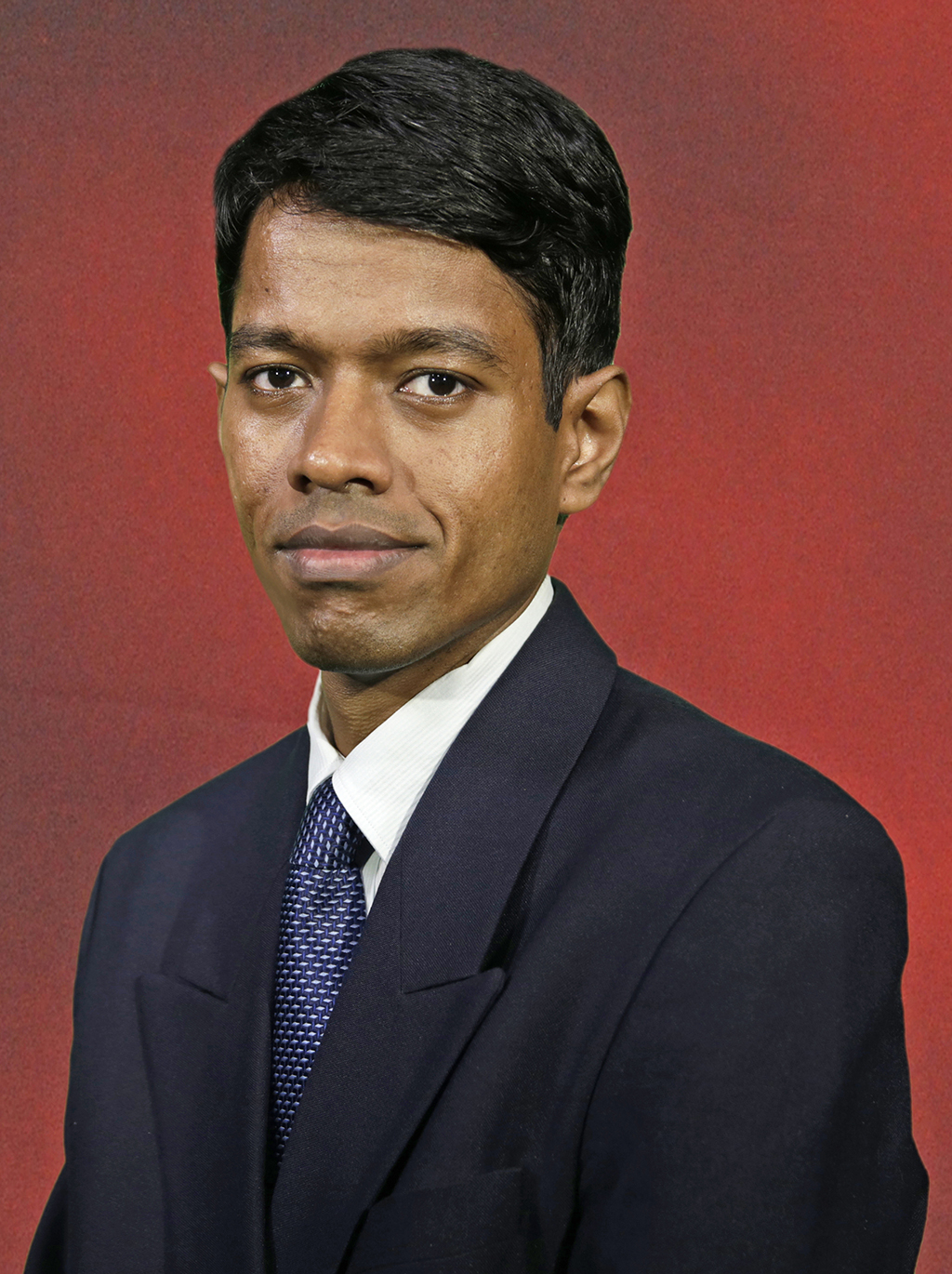
Indian e-commerce segment is expected to touch US $ 200 billion by 2026. And, true digital representation of reality is what economies globally and in India are aspiring for. Globally, logistics market is worth US $ 5.4 trillion as per the reports in 2020, of which almost 50% is owed to land transport. E-commerce has received an unexpected boost due to COVID pandemic and the ensuing lockdowns the world over but especially in India. A few key trends it has highlighted comprise diversification of the products online and increasingly demanding nature of the customers when it comes to their last mile delivery experience.
The panel discussion, moderated by Ajay Srinivasan, Director, CRISIL Research, invited Raj Kiran Kanagala, Senior Vice President & Group Head, Emerging Business Units, Strategy & Business Development, TCI Group, Rajeev Bhattacharya, CEO, V-Xpress, Dr. Amitabh Saran, CEO, Altigreen Propulsion Labs, Abhijit Sengupta, Director and Head of Business (Southeast Asia and India), HERE Technologies and Amrit Bajpai, CEO, WayCool Foods and Products, who put forth the way forward.
Edited excerpts:
How has TCI adapted to meeting the needs of customers in the e-commerce segment and in last mile distribution?
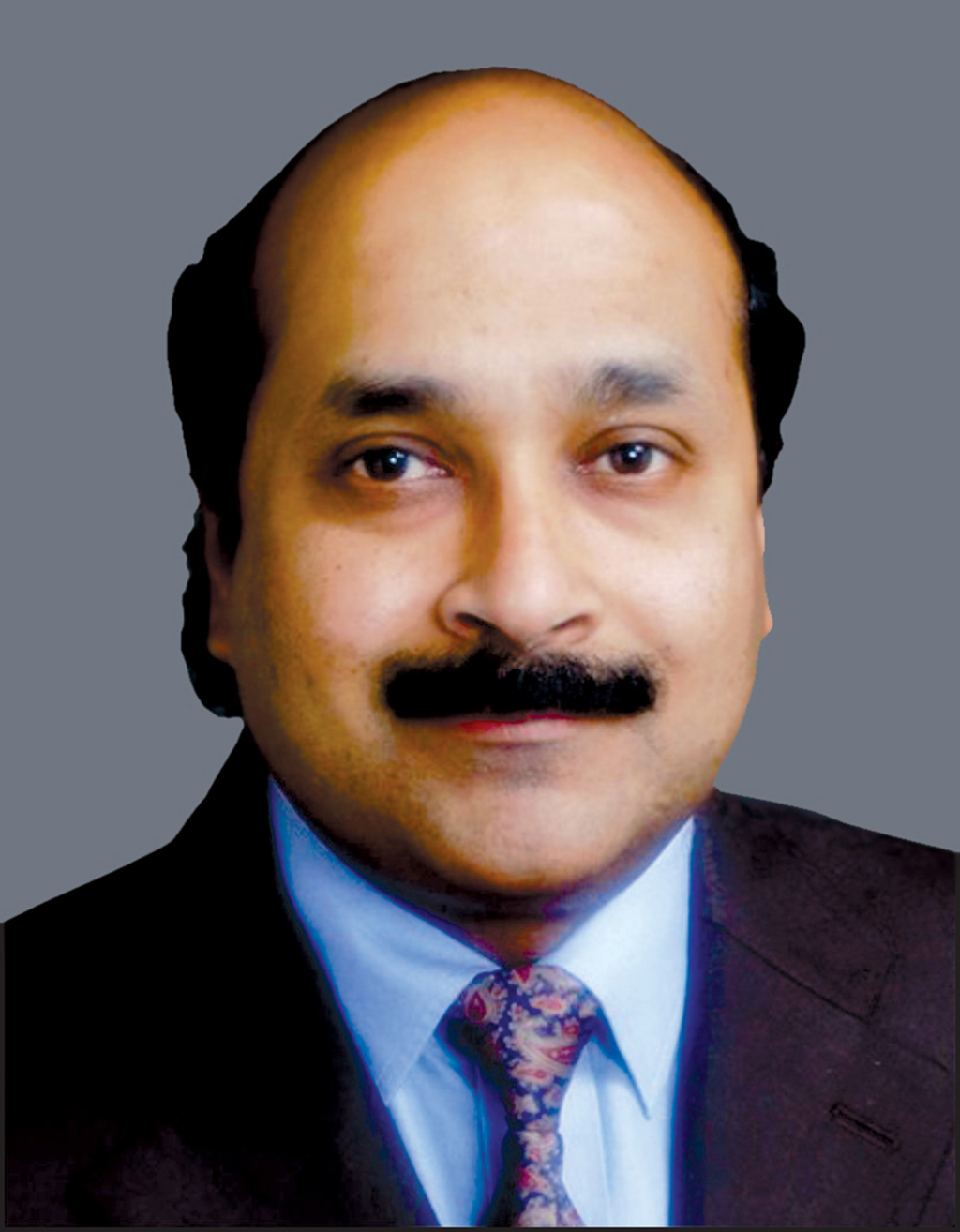
Raj Kiran Kanagala, TCI Group: Optimizing the last mile is tough especially from a fulfillment center for any vertical – be it e-commerce, FMCG or a consumer durable. We do not believe that 50% cost is in the last mile because the haulage cost is far higher. Here, cost is not the aspect in the last mile but how well one services the customer. The fundamental point is that e-commerce only constitutes around 4.5-5% of the total retail spend of India. Even in tier-2, 3 and the rural markets, servicing the last mile has been happening. It is also the weakest link especially in today’s digital times because of various factors such as extremely demanding customers, and unstructured addresses. But GST implementation has brought in a uniform platform for us to enable last mile. The GDP spent in rural India is 30-40%, while it is 60-70% in urban India. If we want to define last mile it is the urban logistics that must be addressed first, while also addressing the rural aspect. POS or Point of Sale is also a major aspect of the last mile. The point is that we should not be overhyped by e-commerce. We need to marry technology, the vehicle aspect of it driving logistics to bring the cost down and managing customer expectations.
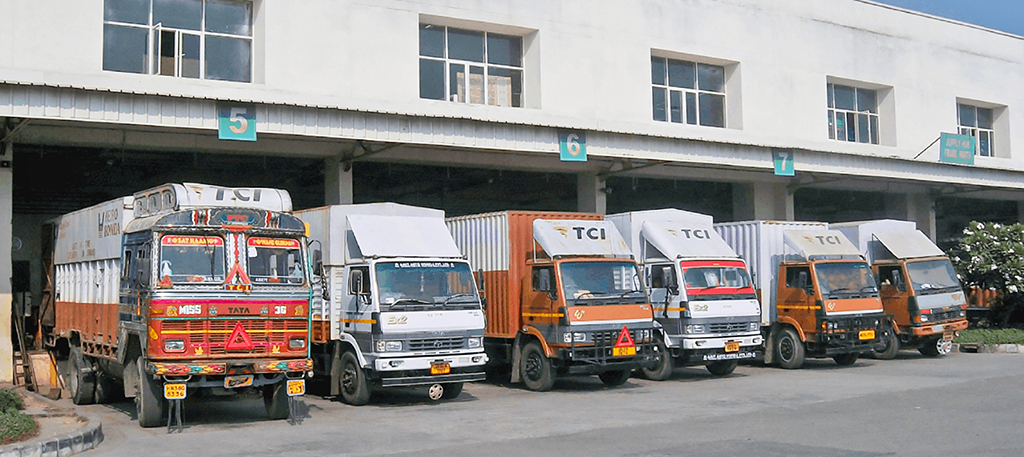
What kind of differentiated solutions has V-Xpress brought for the customers? What are the customer segments you are targeting in the express space and what are the other drivers beyond e-commerce?
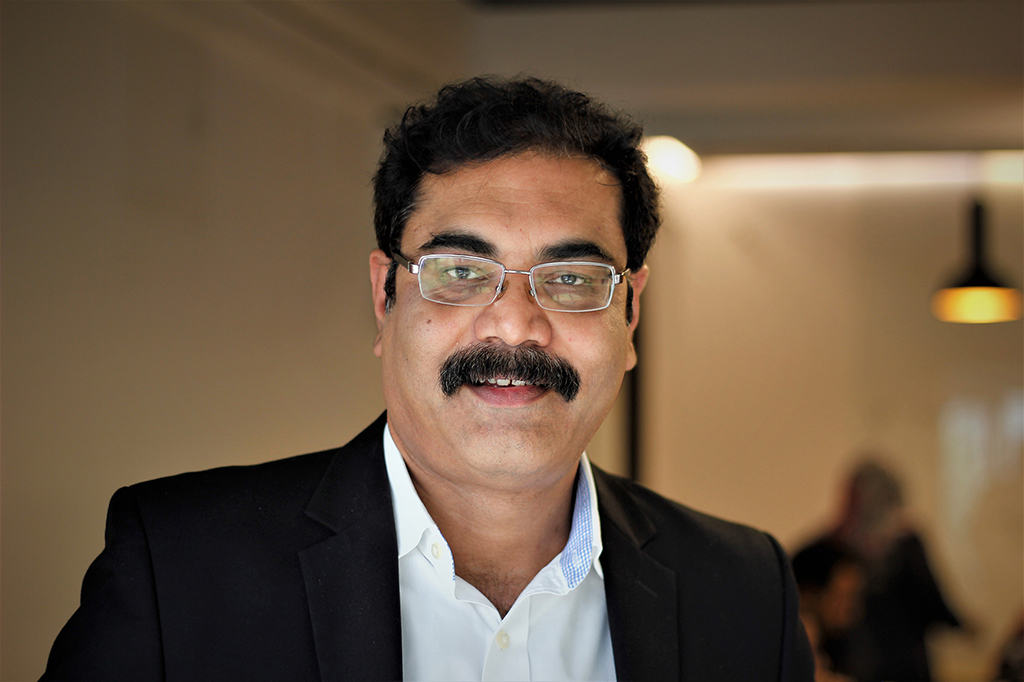
Rajeev Bhattacharya, V-Xpress: When it comes to last mile delivery, challenges in e-commerce differ from those in B2B. In e-commerce, it is more of a demand-based service where the location is more finite but in B2B, it is from the sender to the receiver, where the GPS coordinates may not necessarily be there in the database. We try to find out solutions like tying up with SaaS companies who can provide us more reliable coordinates so that we can have more finite information and routing optimizations to build up the machine learning phase in the system. It takes time to learn and make the system stronger to understand and optimize the last mile. In a B2B scenario, the mid mile is the most expensive. It constitutes anything from 40-50% of the cost but it is not as high in a B2B scenario as it is in a B2C scenario. Our model is vendor to DC, and DC2DC. This kind of delivery is tricky because these require us to hold backup storage in our warehouses and cater as per the scheduled deliveries of these e-commerce companies. It means that we have to keep our last mile delivery active 24×7 which is a big challenge. There are different inherent challenges in the last mile. EVs are not so prevalent in the B2B segment. We are waiting for more technology to come in so that we can adopt EVs and be able to optimize our cost in the last mile.
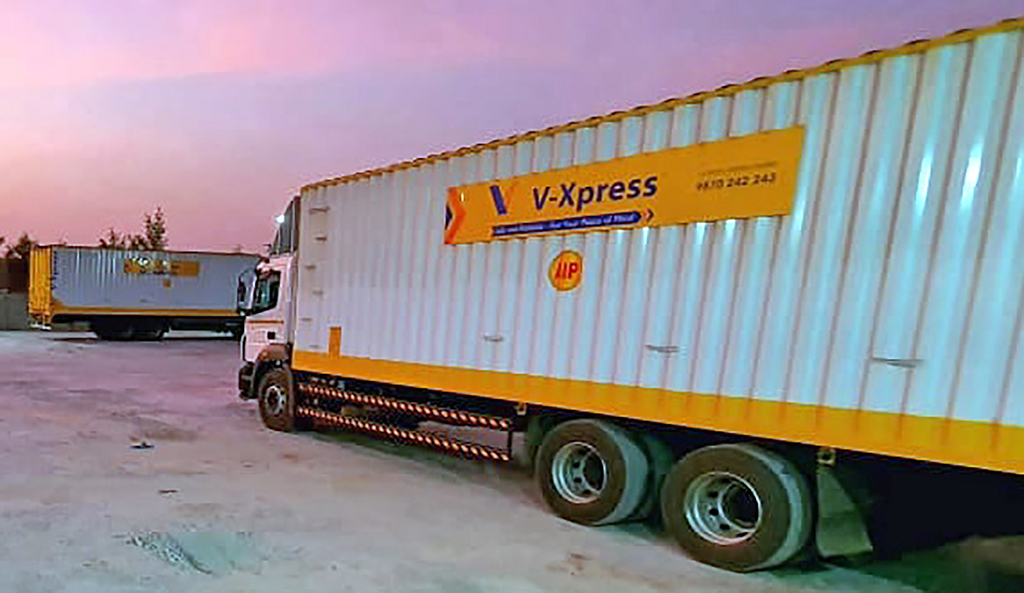
How is Altigreen helping logistics companies and end customers go electric and become sustainable? What has been the response like to your products and how do you think the future is going to shape up? And lastly, do you also see charging infrastructure to be a hurdle when it comes to adoption of EVs?

Dr. Amitabh Saran, Altigreen Propulsion Labs: The first step to bring a positive change in markets like India, South Asia, Africa and South America is to realize that our main competition is from fossil fuel vehicles and not from other EVs. A sustainable difference will come only if we ensure that the solutions are built to the differentiated needs of the geography. In the last mile, deliveries are more volumetric based. Hence, all the components such as the motor, controllers, electric systems, display clusters, the electronics, and the software must be built around this need. It means that these need to be IP67 and it can withstand a 30g shock. EV companies will have to create platforms which will allow multiple versions of variants of products that can be given according to the needs of each of these verticals. In this, one size does not fit all because we will be constrained by the battery pack, which continue to be expensive. But we are certain that there will be a parity in this. As for charging, we cannot wait till the ubiquitous charging becomes a reality in India. We must make vehicles that can charge on 220-volt sockets that are commonly available. We have created battery packs that have been ARAI tested for 181 kilometers to a single charge. Despite the challenges in delivering the last mile, the vehicle still will be able to cover 110-120 kilometers on a single charge. Altigreen has 26 global patents granted on the technologies that we have created so far. We are focusing on fundamentals because that is what will make the difference.
How does HERE technologies address the challenges of near-accurate ETA, faster turnaround, increased supply chain visibility? How is technology playing a role working directly with your customers habituated to on-demand culture in the B2C space?
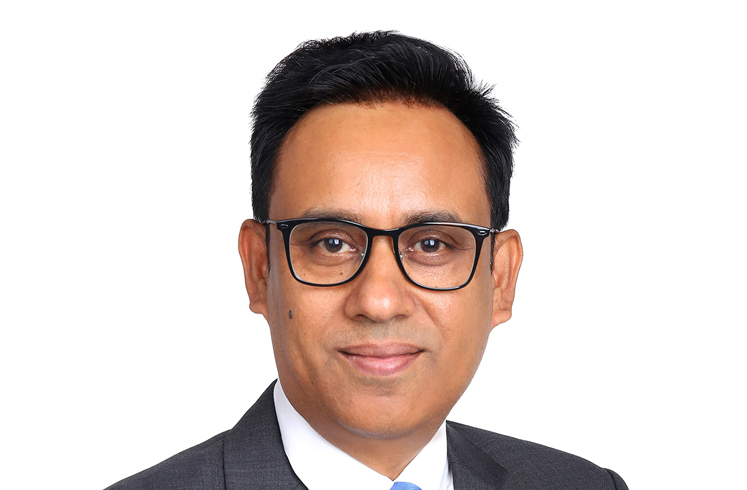
Abhijit Sengupta, HERE Technologies: Be it the last mile or ETA – at the end of the day, it is about demand and supply in B2B, B2C or in any other space. The service has to be scalable, repeatable and sustainable. A key learning is that location by definition is local. In the context of last mile or that of e-commerce – be it B2B or B2C, it has grown tremendously in the last 3-5 years. This shows that the platform economy has been established. Also, during the pandemic situation, consumer behaviour has changed and people who migrated back home to tier-2 cities, for example, have taken this experience back with them. And HERE realizes that we have to step up our game to ensure that we represent the real world digitally, and represent a country like India where addressing is not structured but is landmark-based, effectively. Our database, products and services take care of that. Location information is critical for ETA and also for the first, middle and the last miles. Of these, it is the last mile where the experience happens. And that is also probably the most painful part of the platform companies to deliver the experience. All of these are factored in our products and services. All the various stakeholders must come together to make a combined effort otherwise the solution will not be a sustainable one.
How well do you think the logistics and supply chain in India today cater to your demands? And how do you ensure best experience for your suppliers and your customers as far as quality is concerned?
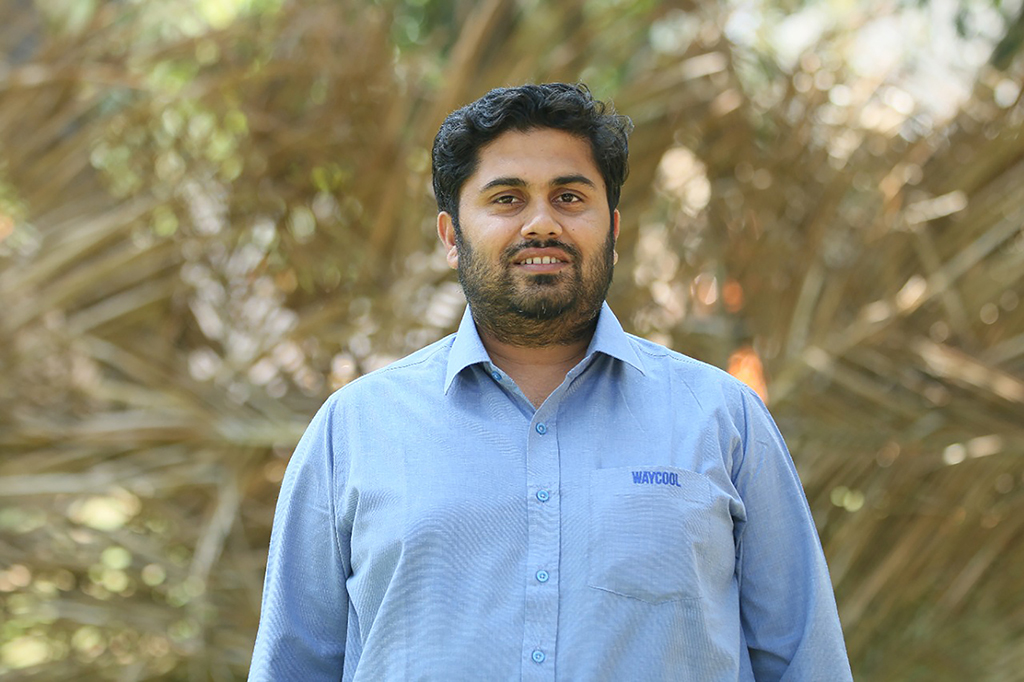
Amrit Bajpai, WayCool Foods and Products: Our operations are spread across product sourcing, food processing and branding, marketing, distribution and farm inputs which gives us end-to-end control over the food value chain. But we have an extremely long and inefficient supply chain. There are almost 11 steps between a farmer and the end consumer many a time. Due to this, 30-40% of food gets wasted before it reaches the retail market primarily because of non-transparency in the flow of information and insufficient supply chain network. We are solving this using our technology integration and advanced automation. We have brought the wastage down to less than 8% using our unique model of combining digital technology with physical process which we call as digital business model. We have optimized our supply chain from the source to our DCs to a great extent. Last mile delivery consumes maximum time and cost of shipping. We are extensively working on route optimization. Our challenges comprise high cost of last mile, delivery inefficiencies, uneven distribution especially in rural area, but the most important one is that of the perishable nature of the fresh produce, their storage, transportation and management. We feel that there is a lack of solution providers in this space unlike EV deliveries for electronics and other e-commerce goods in the last mile distribution space. The primary objective of our company is to further reduce food wastage and in line with that we wish for our logistics service partners to act more like solution providers instead of service providers and develop customized solutions for our specific fresh food supply chain needs.